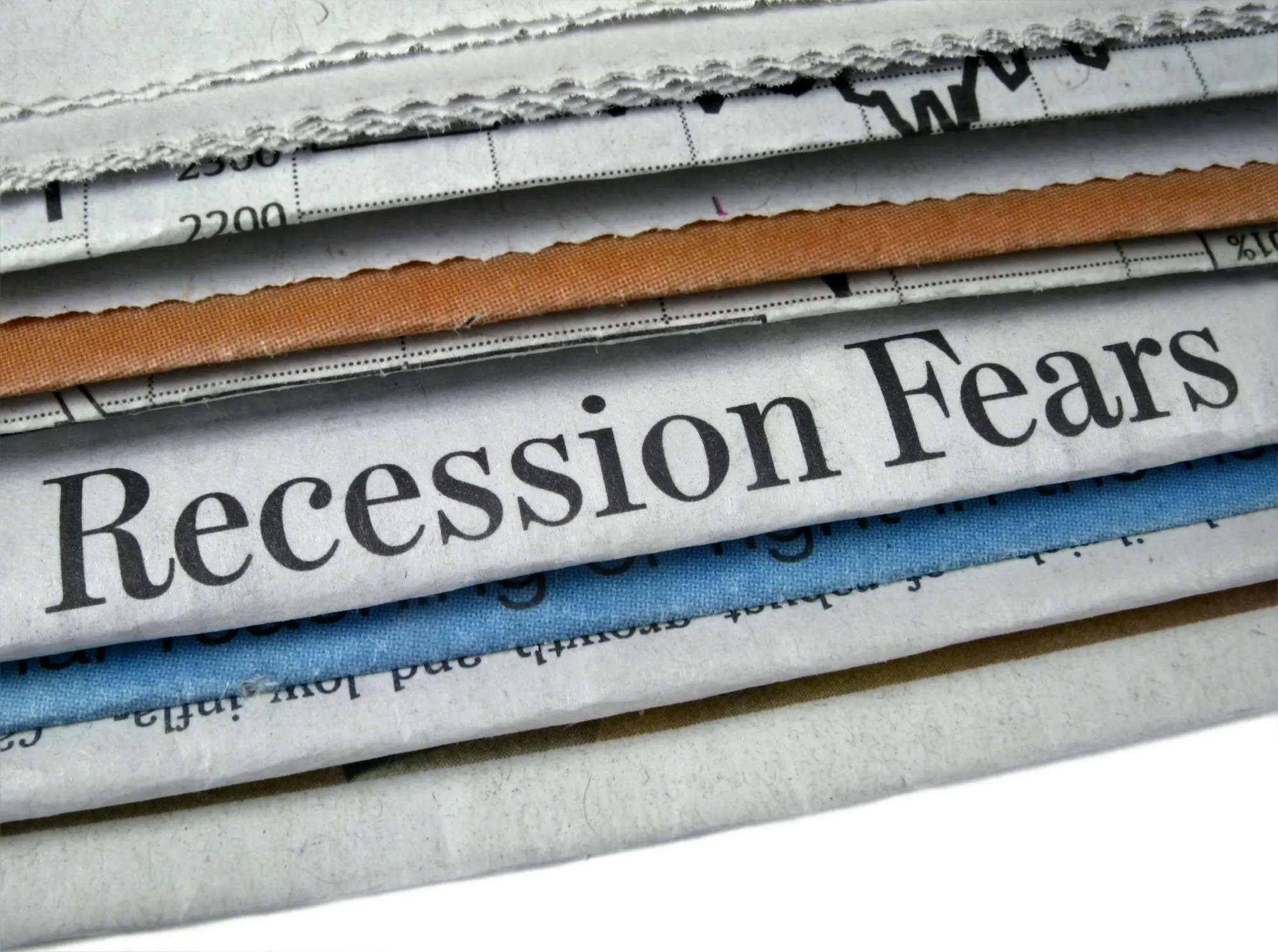Global Markets Calm Awaiting U.S. July CPI
While the core may be up 10 bp month-on-month, these small fluctuations are not enough to make the Fed abandon broad expectations of a rate cut next month.
Global markets are closely watching the US CPI for July.
On August 12, Asian stock indices rose across the board. The stock indices of Hong Kong, Taiwan, Australia, and South Korea all went up during the trading session. European and US stock index futures also turned red. The Japanese market was closed due to a holiday.
At the beginning of last week, global markets were severely impacted by concerns about a US recession. The US unemployment rate in July hit the high-probability recession rule—Samuelson's Rule, which indicates that if the average unemployment rate over the past three months is more than 0.5 percentage points higher than the lowest three-month average in the past 12 months, an economic recession may be imminent.
Additionally, the poor earnings season for US tech stocks, the Bank of Japan's unexpected rate hike, and large-scale unwinding of carry trade transactions also exacerbated the global stock index sell-off last week.
Currently, the market has regained some calm.
An indicator worth observing—the Wall Street Fear Gauge, the Cboe Volatility Index, has fallen from its peak during the 2019 pandemic. The Japanese yen and Swiss franc, known as safe-haven currencies, also fell on Monday's trading day. Coupled with the recovery of Asian stocks and Western stock indices, the market has gradually become more peaceful.
This week's most attractive data for investors is undoubtedly the US CPI data released on Wednesday, as the market needs excellent inflation data to force the Federal Reserve to cut interest rates.
Wall Street estimates that in July, the core CPI (excluding more volatile food and energy) is expected to decline by 0.1 percentage points from June to 3.2% year-on-year, potentially setting a record low since May 2021; however, the month-on-month increase may rebound from the previous month's 0.1% to 0.2%. The overall CPI year-on-year increase is expected to remain at 3%, the lowest level since June 2023; the month-on-month increase is 0.2%, down 0.1% in June.
Analysts say that this may be data that the Federal Reserve would welcome. Although the core month-on-month may rise by 10 basis points, these small fluctuations are not enough to make the Federal Reserve give up its widespread expectation of cutting interest rates next month.
The founder of the Samuelson Rule, Chief Economist Sam of New Century Advisors, has personally called on the Federal Reserve to cut interest rates as soon as possible: The US economy is uncomfortably close to a recession, and it's time for the Federal Reserve to cut interest rates.

Before the September meeting, relevant personnel of the Federal Reserve have made their voices heard.
On August 7, former Chairman of the Federal Reserve Bank of New York, Dudley, said that two weeks ago, he changed from a hawk to a dove, giving up support for further rate hikes by the Federal Reserve, and instead advocating for immediate rate cuts to avoid an economic recession. In the past two weeks, more evidence has shown that the US labor market is weakening, while inflation is further easing. The longer the Federal Reserve waits, the greater the potential damage.
On August 8, Richmond Federal Reserve Bank President Barkin held a cautious optimistic attitude towards the future direction of the US economy. He analyzed that the Federal Reserve currently has time to assess whether the US economy is entering a normalization track or whether more active measures need to be taken to deal with potential economic weakness.
On the same day, Kansas City Federal Reserve Bank President Schmid also delivered a speech at the annual meeting of the Kansas Bankers Association held in Colorado Springs and expressed an optimistic attitude towards the recent inflation data. Schmid believes that recent data shows that inflation is cooling, which provides a basis for the Federal Reserve to lower interest rates.
On August 9, Boston Federal Reserve Chairman Collins believed that the US has made significant progress in reducing inflation, and has done so while maintaining a healthy labor market, and the current inflation data is hard-won. He also said that if this inflation data is as expected, then it will be "soon" suitable to start easing policy.
According to CME "Fed Watch," the probability of the Federal Reserve cutting interest rates by 25 basis points in September is 28.5%, and the probability of cutting by 50 basis points is 71.5%. The probability of the Federal Reserve cutting interest rates by a total of 50 basis points by November is 19.3%, cutting by a total of 75 basis points is 57.6%, and cutting by a total of 100 basis points is 23.2%.

·Original
Disclaimer: The views in this article are from the original Creator and do not represent the views or position of Hawk Insight. The content of the article is for reference, communication and learning only, and does not constitute investment advice. If it involves copyright issues, please contact us for deletion.